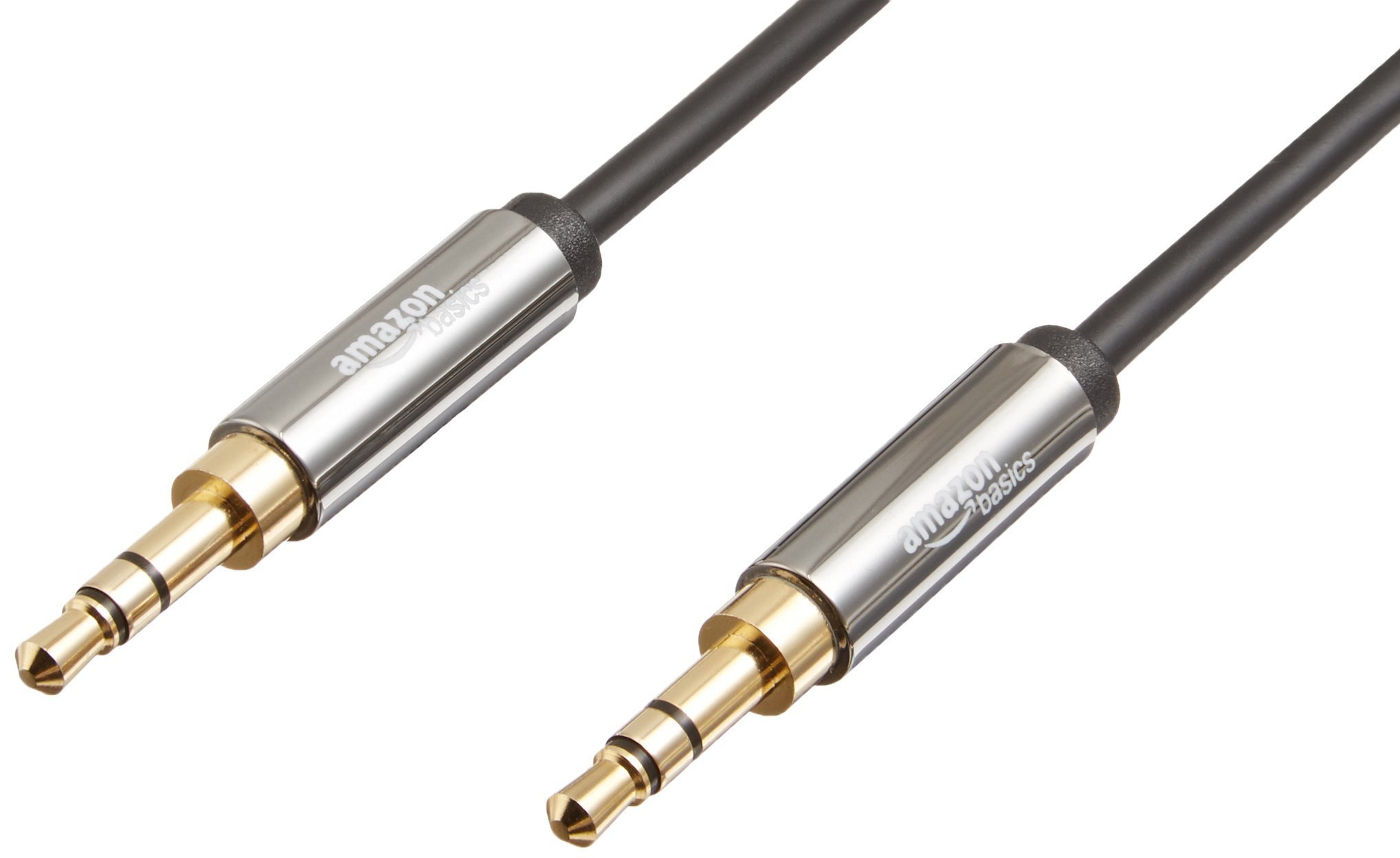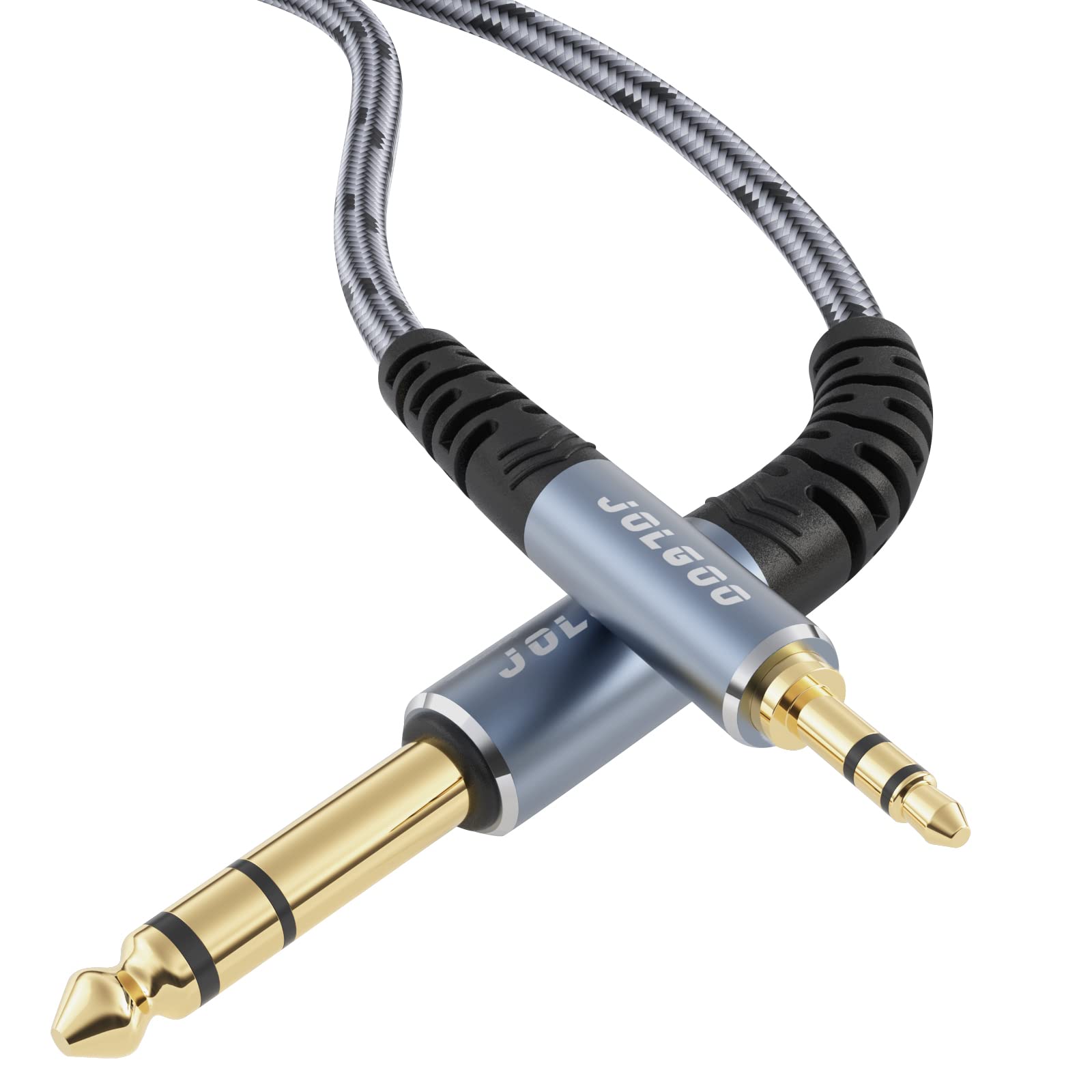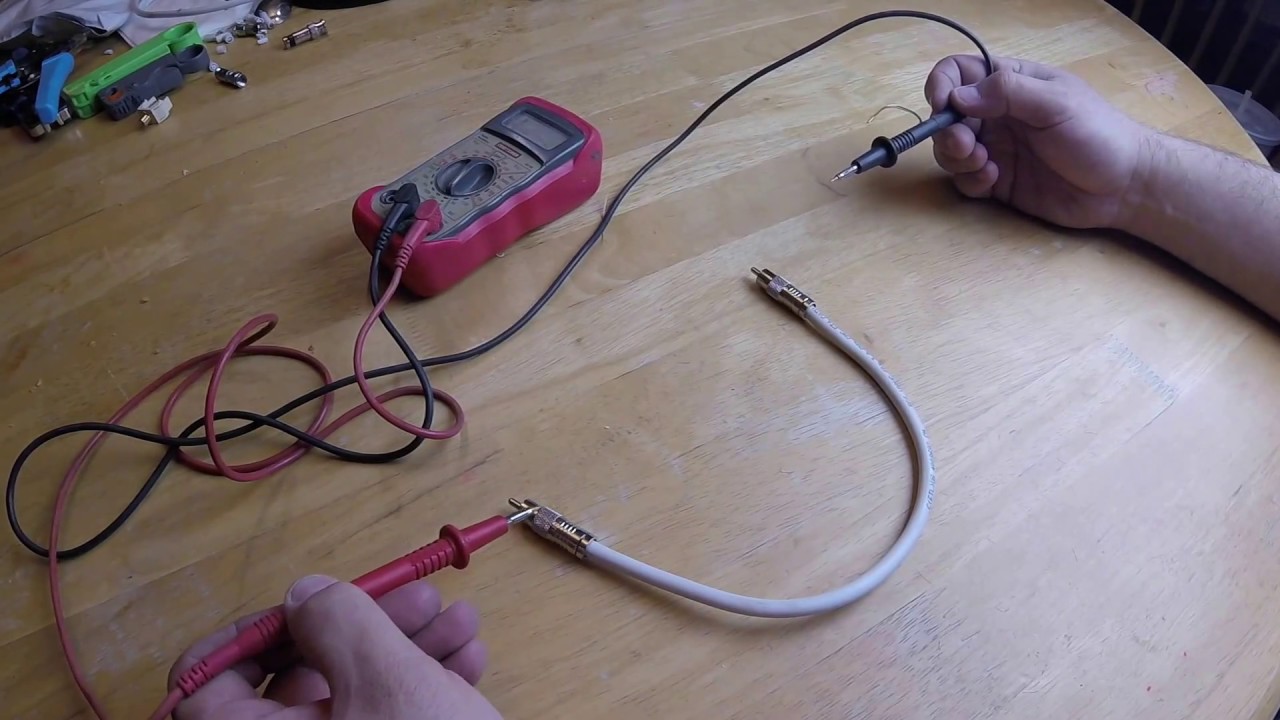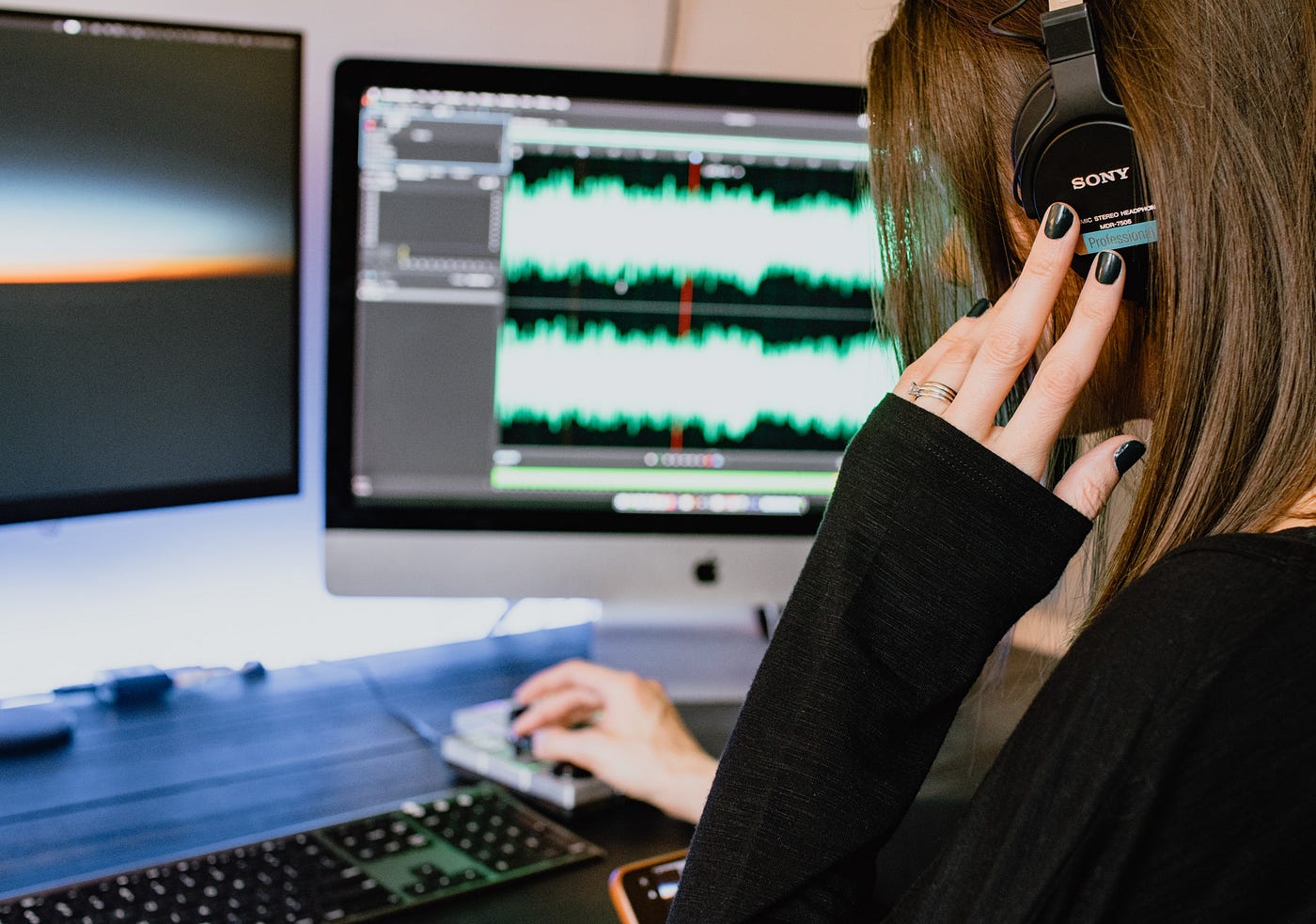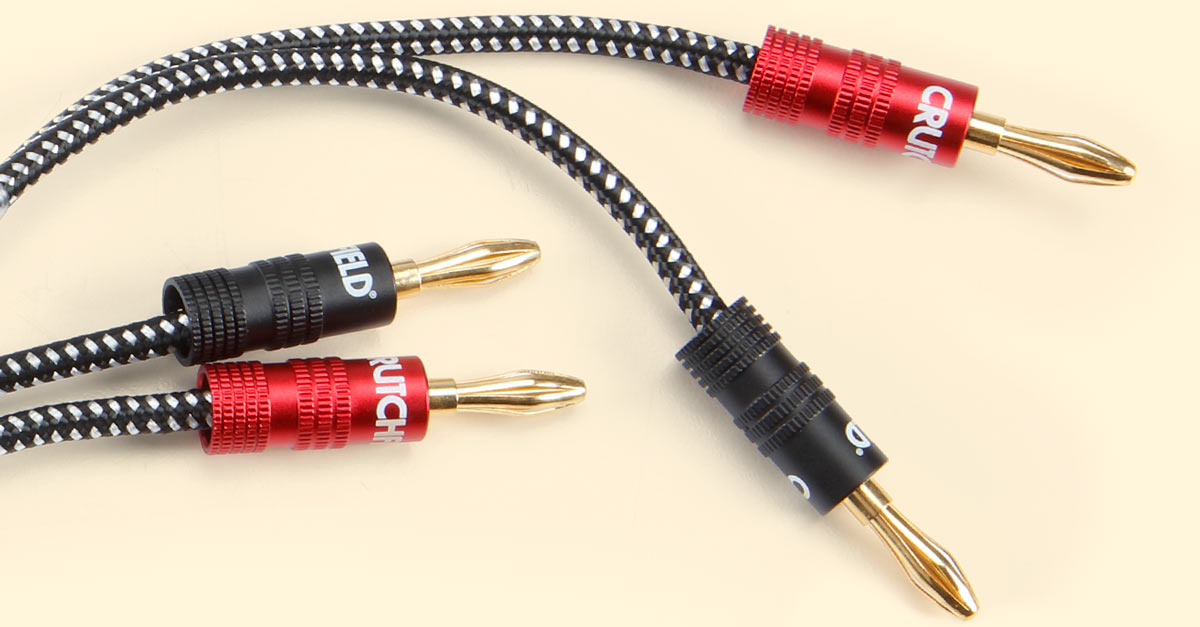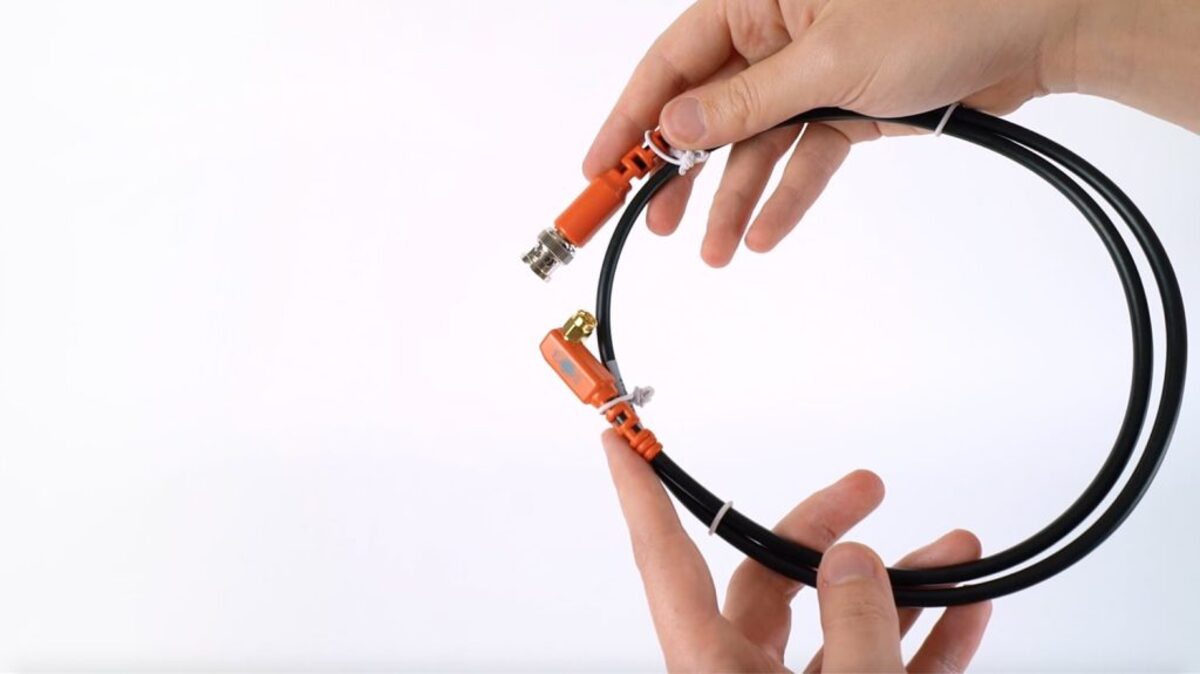Home>Production & Technology>Audio Cable>How To Measure Audio Cable Capacitance
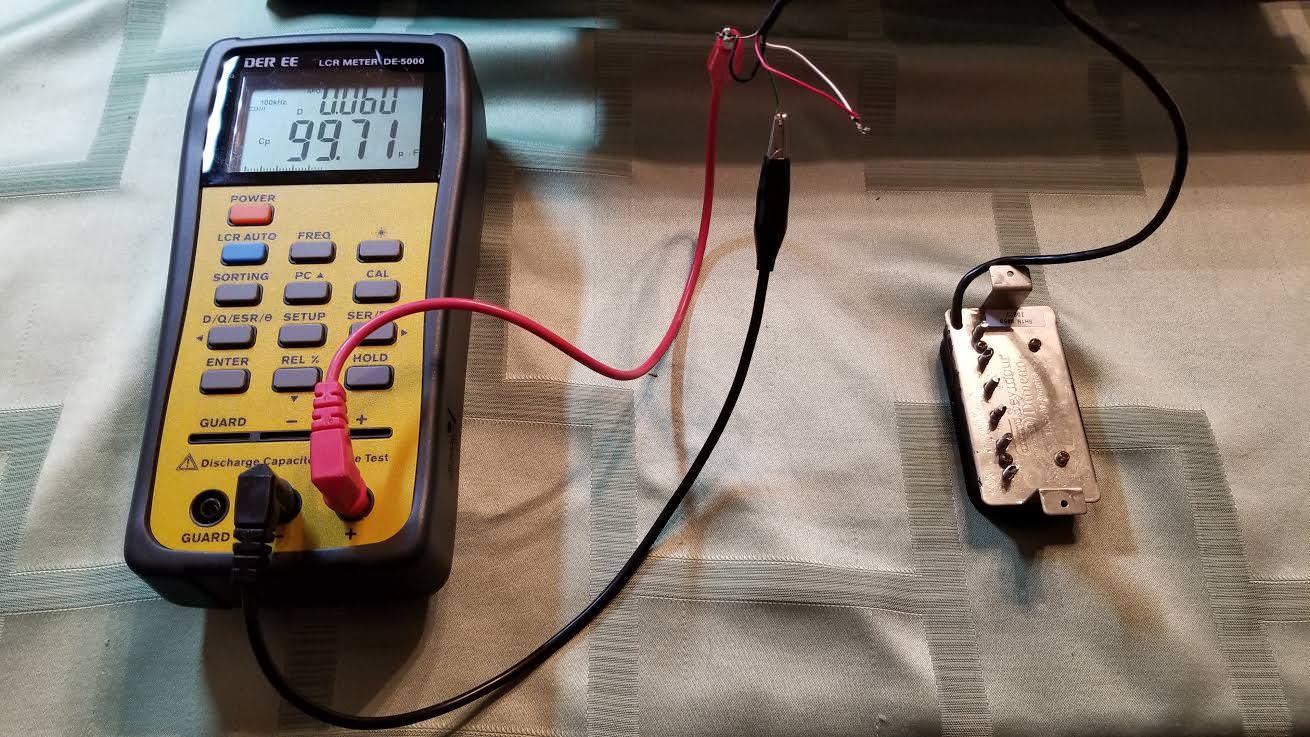

Audio Cable
How To Measure Audio Cable Capacitance
Published: December 21, 2023
Learn how to measure the capacitance of audio cables with this comprehensive guide. Discover the necessary tools and step-by-step instructions.
(Many of the links in this article redirect to a specific reviewed product. Your purchase of these products through affiliate links helps to generate commission for AudioLover.com, at no extra cost. Learn more)
Table of Contents
Introduction
Welcome to the world of audio cables! Whether you are an audiophile, a musician, or simply someone who enjoys a great sound experience, understanding the intricacies of audio cables is crucial to achieving optimal audio quality. One key factor that affects the performance of an audio cable is its capacitance.
Audio cable capacitance refers to the ability of the cable to store an electrical charge. It is measured in picofarads (pF) per meter and plays a significant role in the transmission of audio signals. High capacitance can result in signal degradation, such as loss of high-frequency content and increased signal noise. On the other hand, low capacitance can lead to signal loss and reduced overall audio quality.
Measuring audio cable capacitance is essential for several reasons. Firstly, it allows you to determine the quality and performance of your cables. Whether you are using cables for studio recordings, live performances, or home audio systems, knowing the capacitance will help you choose the right cables for your specific needs. Additionally, measuring capacitance can assist in troubleshooting audio signal issues and diagnosing cable-related problems.
To measure audio cable capacitance accurately, you will need a few tools and equipment. This includes a capacitance meter, a reliable multimeter, and the specific audio cables you want to measure. In the following sections, we will guide you through the step-by-step process of measuring audio cable capacitance.
What is Audio Cable Capacitance?
Audio cable capacitance refers to the electrical property of an audio cable that determines its ability to store and release an electrical charge. It is a crucial characteristic of cables used for transmitting audio signals, as it directly impacts the quality and fidelity of the audio being transmitted.
Capacitance is measured in picofarads (pF) per meter and is influenced by various factors including the cable’s length, the materials used in its construction, and the distance between the conductors within the cable. When an audio signal is passed through a cable, the cable’s capacitance interacts with the audio signal, resulting in a time delay and phase shift that can affect the overall frequency response and signal integrity.
High capacitance in an audio cable can lead to a phenomenon known as “cable capacitance effect.” This effect can cause a loss of high-frequency content, resulting in a dull and muffled sound. It can also contribute to increased signal noise and distortion. On the other hand, low capacitance can result in signal loss and reduced audio quality, particularly in the high-frequency range.
Understanding the capacitance of audio cables is essential when choosing the right cables for specific applications. For example, in professional recording studios, where the highest audio quality is required, cables with low capacitance are often preferred to minimize signal degradation. On the other hand, longer cable runs may require cables with higher capacitance to maintain signal integrity over longer distances.
It is important to note that audio cable capacitance is just one of the many factors that can affect audio signal quality. It works in conjunction with other cable characteristics, such as resistance and inductance, to determine the overall performance of the cable.
Why Measure Audio Cable Capacitance?
Measuring the capacitance of audio cables is essential for several reasons. Here are a few key points highlighting why it is important:
- Quality Assurance: Measuring audio cable capacitance helps ensure that you are using cables of high quality and performance. By knowing the capacitance value, you can make informed decisions when purchasing new cables or assessing the suitability of existing ones for your specific audio needs. It allows you to choose cables that provide optimal signal transmission without compromising audio quality.
- Signal Integrity: Audio signals are delicate and can be easily affected by various factors in the transmission path. Capacitance is one of those factors, and excessive capacitance can lead to signal degradation. By measuring capacitance, you can identify cables with high capacitance that may introduce loss of high-frequency content, increased noise, or signal distortion. This ensures that your audio signals remain clean, clear, and faithful to the original source.
- Troubleshooting: Whenever audio signal issues arise, determining the cause is crucial for effective troubleshooting. Measuring the capacitance of your audio cables can help diagnose and identify cable-related problems. For example, if you notice significant signal loss or frequency roll-off, measuring capacitance can help determine if the cable is the culprit and guide you in finding a suitable replacement or solution.
- Compatibility: Different audio devices and equipment may have varying impedance levels and requirements. Measuring the capacitance of your cables allows you to ensure compatibility between your audio devices and cables. It helps in selecting cables that match the impedance of your equipment, preventing signal reflections and potential damage to your audio gear.
- Optimal Cable Selection: Measuring capacitance helps in choosing the right cables for specific applications. For instance, in scenarios where long cable runs are necessary, knowing the capacitance allows you to select cables with an appropriate capacitance value to maintain signal integrity over longer distances. Similarly, when dealing with high-end audio recording, low-capacitance cables may be preferred to preserve the finest details and dynamics in the audio signal.
- Educational Purposes: Lastly, measuring audio cable capacitance provides valuable insights and knowledge about the characteristics of your cables. It allows you to better understand how different cables impact the audio signal and enhance your overall audio engineering expertise.
Overall, measuring audio cable capacitance is crucial for ensuring the highest possible audio quality, troubleshooting problems, and making informed decisions when it comes to selecting and utilizing audio cables.
Tools and Equipment Needed
Before you begin measuring audio cable capacitance, ensure that you have the necessary tools and equipment for accurate and reliable measurements. Here are the key items you will need:
- Capacitance Meter: This is the primary tool used to measure capacitance. It is designed specifically for measuring capacitance in electronic components and cables. Make sure to choose a capacitance meter that has a suitable measurement range and accuracy for your intended use.
- Multimeter: While not essential, a multimeter can be used as an alternative if you don’t have a capacitance meter. Look for a multimeter that includes a capacitance measurement function.
- Audio Cables: You will need the specific audio cables that you want to measure. These can be any type of audio cables, such as XLR, RCA, or quarter-inch. Ensure that the cables are in good condition and free from any damage or defects that could affect the measurements.
- Cable Length Measuring Device: If you need to measure cables that are longer than a meter, it is helpful to have a cable length measuring device. This can be a simple measuring tape or a specialized cable length meter.
- Cable Connectors or Alligator Clips: To connect the cables to the capacitance meter or multimeter, you will need appropriate cable connectors or alligator clips. Make sure they are securely attached to the cable ends to ensure accurate readings.
- Optional: Calibration Standards: To ensure the accuracy of your measurements, you may consider using calibration standards. These are devices with known capacitance values that can be used to calibrate your capacitance meter or multimeter.
- Notebook and Pen: It is always a good idea to keep a notebook handy to record your measurements and any relevant notes during the process. This will help you keep track of your findings and make comparisons later on.
Having these tools and equipment ready will ensure that you can accurately measure the capacitance of your audio cables and make informed decisions based on the results.
Step-by-Step Guide to Measure Audio Cable Capacitance
Now that you have the necessary tools and equipment, let’s walk through the step-by-step process of measuring audio cable capacitance:
- Prepare the Audio Cable: Ensure that the audio cable you want to measure is clean, undamaged, and free from any kinks or tangles. Straighten out the cable and remove any connectors or adapters that are not part of the cable itself.
- Set Up the Equipment: Connect the capacitance meter or multimeter to the cable connectors or alligator clips. Follow the manufacturer’s instructions to ensure proper connection.
- Zero the Meter: If using a capacitance meter, zero the meter to eliminate any residual capacitance in the device. Some meters have an automatic zeroing function, while others may require manual adjustment.
- Calibrate (Optional): If you have access to calibration standards, perform a calibration procedure on your meter or multimeter to ensure accurate measurements. This step helps eliminate any systematic errors in the measurement setup.
- Measure the Cable: Starting from one end of the cable, attach the connectors or alligator clips to the conductors. Ensure a secure and stable connection to prevent any measurement errors.
- Read the Capacitance: Once the cable is connected, take a reading of the capacitance using the capacitance meter or multimeter. Note down the measured value in your notebook for reference.
- Repeat if Necessary: If you want to measure the capacitance at different points along the cable, repeat steps 5 and 6 as needed. This can help identify any variations in capacitance throughout the length of the cable.
- Analyze the Results: Once you have your capacitance measurements, analyze the data to determine if the cable falls within an acceptable range for your specific application. Compare the measured capacitance values to the specifications of the cable or industry standards to assess its quality and performance.
- Make Informed Decisions: Based on the capacitance measurements and analysis, you can now make informed decisions on whether the cable is suitable for your needs, whether you need to replace it, or if any additional steps are necessary to maintain optimal audio signal quality.
By following these steps, you can accurately measure the capacitance of your audio cables and gain valuable insights into their characteristics and performance.
Conclusion
Understanding and measuring the capacitance of audio cables is crucial for achieving the best possible audio quality in your setups. By measuring capacitance, you can ensure that you are using cables that are well-suited for your specific audio needs, whether in a professional recording studio, live performances, or home audio systems.
By following the step-by-step guide we provided, you can accurately measure the capacitance of your audio cables using a capacitance meter or multimeter. This process allows you to assess the quality, signal integrity, and compatibility of your cables, empowering you to make informed decisions and troubleshoot audio signal issues more effectively.
Remember that capacitance is just one aspect of audio cable performance, and it works in conjunction with other factors such as resistance and inductance. Therefore, it is essential to consider a holistic view when choosing audio cables for specific applications.
In conclusion, measuring audio cable capacitance is an important part of maintaining high-quality audio signals. It helps you select the right cables, diagnose potential issues, and ensure compatibility between your audio devices and cables. By understanding and assessing capacitance, you can optimize your audio setup and enjoy the best possible sound experience.

